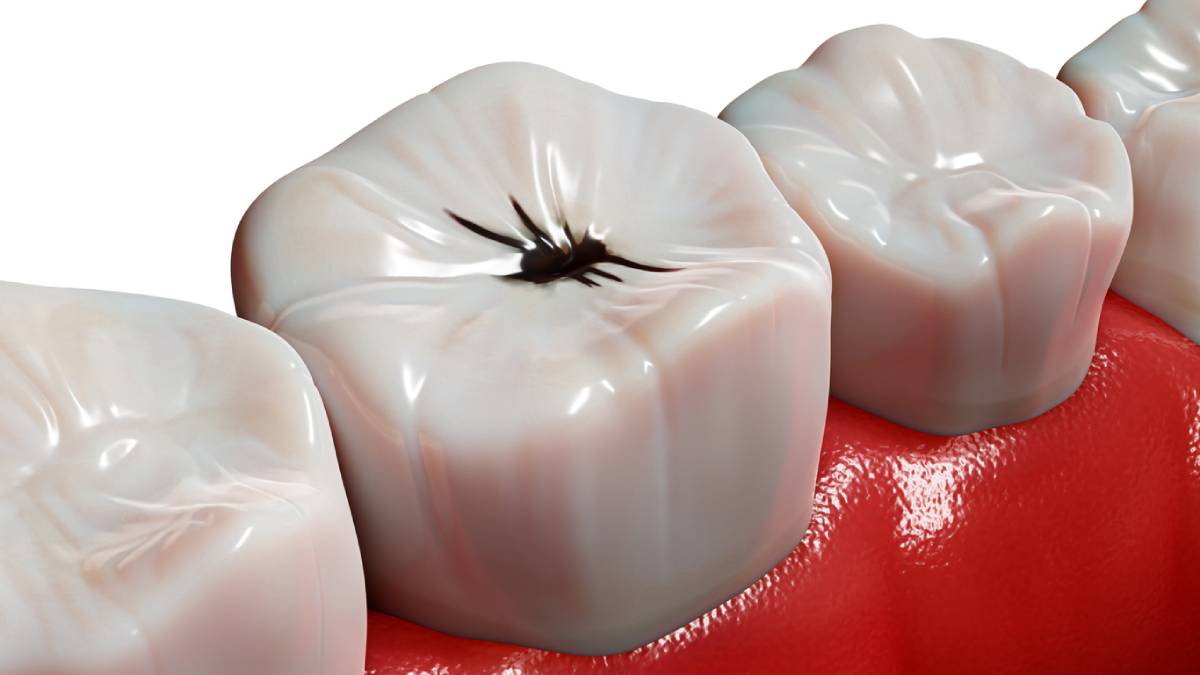Fillings are a quick solution to growing cavities in your mouth. After the dentist has carved out the infected portion of the tooth, they will use a filling material to keep your tooth safe and secure. Not only do fillings promote better health for your mouth, but they also work to keep infections and bad oral health conditions at bay. Below we cover what to do if fillings fall out.
What to Do if Fillings Fall Out?
Today, our friendly professionals from the Dentist Mission Viejo will address a specific concern that comes from patients of all ages. You should know what to do if fillings fall out or get damaged over time. While fillings might not last forever, they should offer a secure solution to fight off cavities.
Understanding Dental Fillings
Dental fillings are made from several different types of materials, ranging from composite resin to silver amalgam. A one-on-one conversation with your dentist will help you determine the most suitable material for your specific needs, considering both physical and aesthetic factors. The filling procedure is generally a pretty fast in-office treatment and involves minimal discomfort due to the application of topical anesthesia.
However, certain habits like teeth grinding, a dental injury, or any underlying health conditions could lead to the unexpected displacement – or total loss – of your dental fillings. If you have opted for porcelain or gold inlays, it’s crucial to contact your dentist for a restorative dentistry appointment. Even those with composite fillings should reach out to their dentist soon, though waiting a few days for the next available appointment is usually acceptable in most non-emergency cases.
Why Do Fillings Fall Out?
Your fillings can fall out for a number of reasons, and you should contact your dentist no matter which reason you have. It could be due to its age, gradual deterioration, or even a physical jolt causing it to dislodge from its cavity.
Additional reasons for losing dental fillings include:
- Physical Trauma: Impact to the root or multiple teeth.
- New Decay: Development of fresh decay around the cavity site.
- Bruxism: Habitual teeth grinding or clenching.
- Excessive Pressure: Chewing or biting too forcefully.
Natural factors also contribute to filling wear over time. Factors like saliva erosion and dietary habits can gradually tear at certain filling materials. Regardless of the cause, it’s important to know how to respond when your filling falls out.
Filling Fell Out? Here’s What to Do
For those seeking durable, long-lasting fillings, viable options are available. Composite resin and silver fillings are not only cost-effective but can also offer extended longevity. With proper care, these fillings can serve you well for up to a decade. Composite resin also has the added advantage of looking exactly like your natural teeth. The tooth-colored resin blends in perfectly with your mouth so it doesn’t look like you have a filling at all.
Gold fillings, while not made of pure gold, are visually reminiscent of gold due to their amalgamated metal composition. Though durable, their use has become less common in many dental practices. Upon request, our experienced dentists can provide recommendations for filling types that are tailored to your specific requirements.
Replace Old Fillings and Get New Protection
When was your last cavity filled? If it’s been quite a while since your last dentist appointment, it might be the perfect time to consider replacing or repairing your old dental fillings. In some cases, a filling could have come out without you even knowing it, which could potentially increase the risk of cavity formation.
Our dental practice offers an array of filling options designed to provide long-lasting support and boosted protection against further decay. Reach out to us today to explore personalized filling solutions in Mission Viejo.

